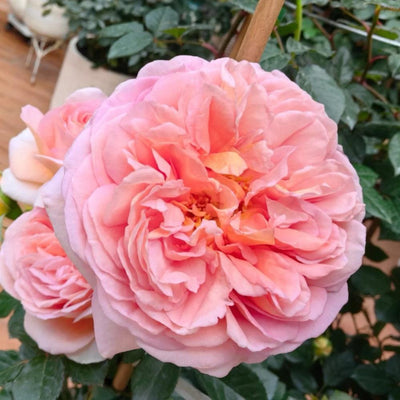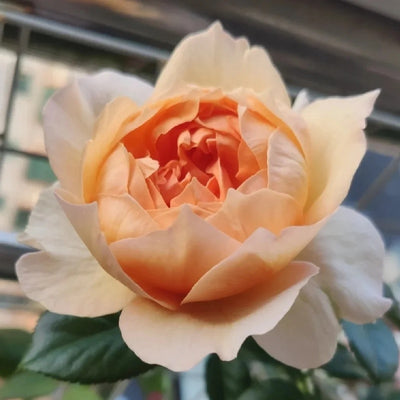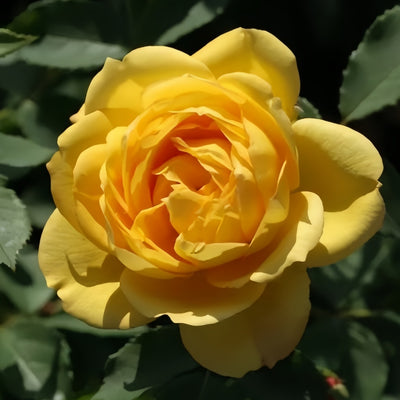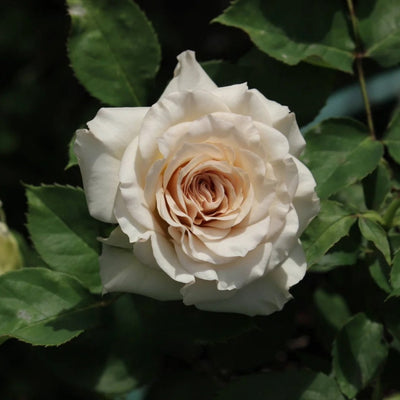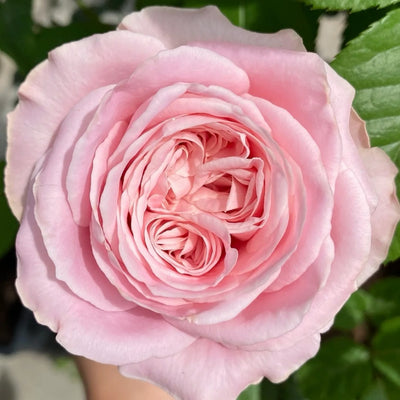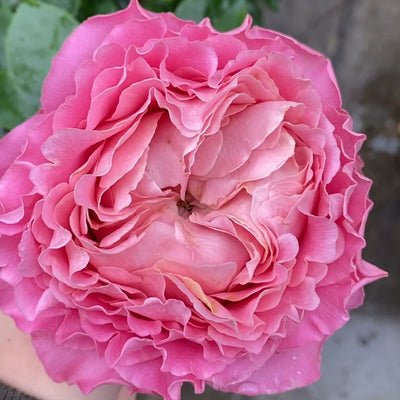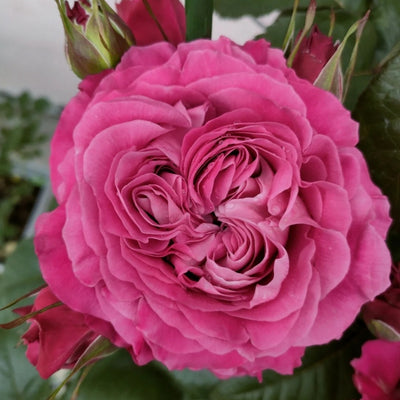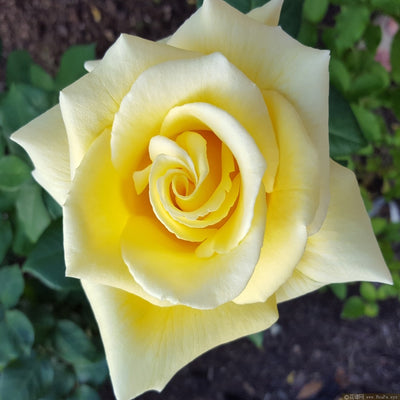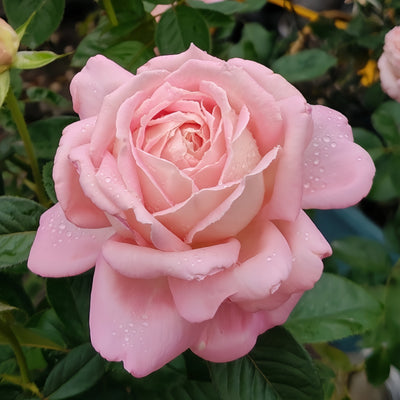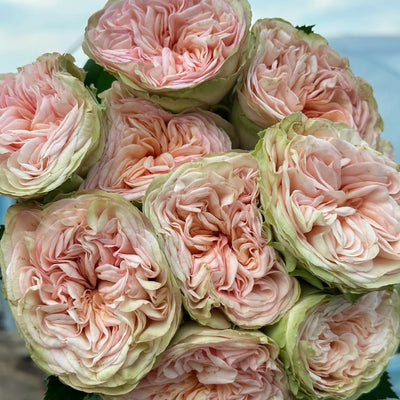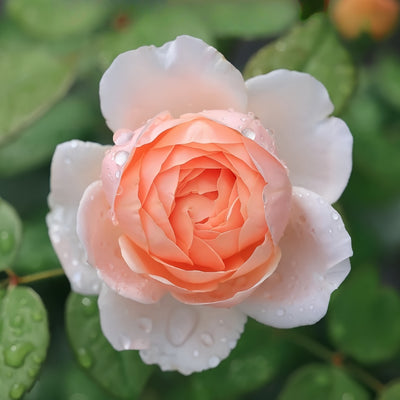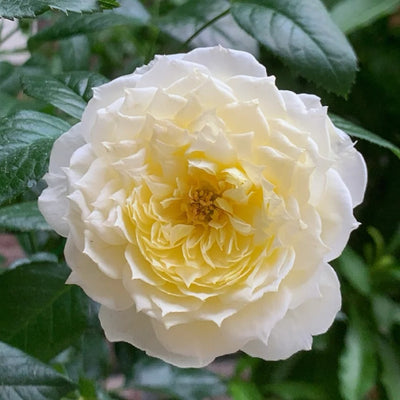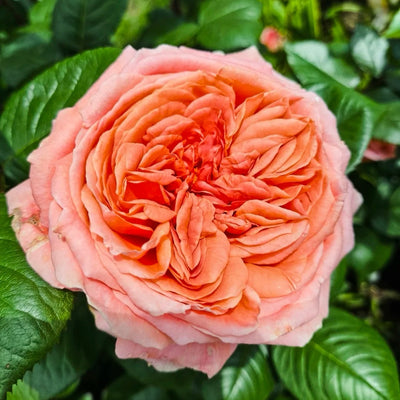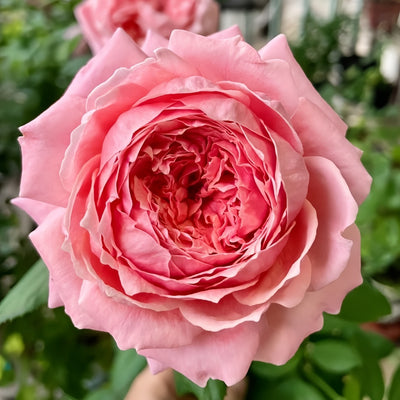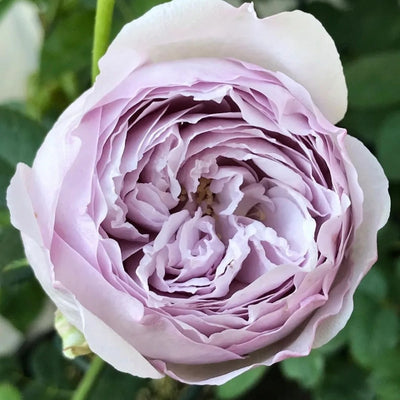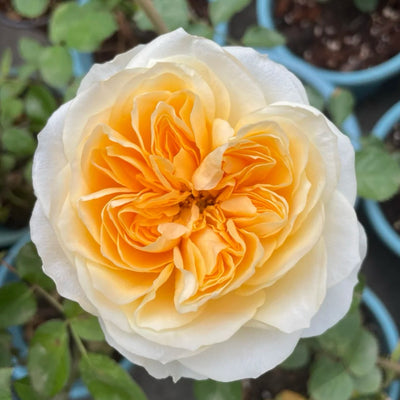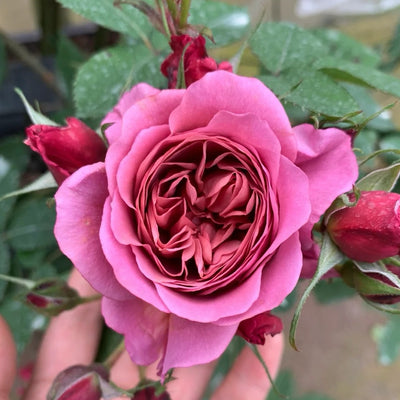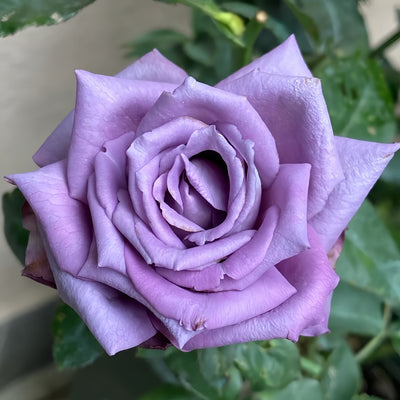🔥 Recommended Product
Roses are known for their hardiness and ease of care, and propagating them through cuttings is a popular method that can be done throughout the year. However, winter propagation offers some unique advantages that make it a favored choice among gardeners.
Why Choose Winter Propagation?
During the winter months, temperatures drop, which slows down bacterial activity. This reduces the risk of cuttings rotting and turning black. Roses are also capable of growing in slightly warmer conditions, so with the right techniques, the survival rate of winter cuttings can be higher than in other seasons.
The Right Time and Technique
The best time to take rose cuttings for winter propagation is after the first frost, when the plant is entering dormancy. This is also a period when gardeners often perform heavy pruning, providing an abundance of suitable branches for cuttings.
Steps for Successful Winter Propagation
1. Prepare the Cutting Bed:
Choose a sheltered, sunny spot and dig a bed about 30 centimeters deep. The size of the bed will depend on the number of cuttings you plan to take. Fill small pots with a mixture of perlite, vermiculite, and fine river sand. This mixture provides excellent drainage and aeration, which are crucial for successful rooting.
2. Disinfect the Cutting Bed:
Before planting, ensure the cutting bed is clean and disinfected to prevent any diseases or pests from affecting the cuttings. Water the bed thoroughly after disinfection.
3. Select and Prepare Cuttings:
Choose healthy branches from the upper part of the rose bush, preferably those with full bud eyes. Cut the branches into sections, each containing two to three nodes. Make a slanted cut at the bottom of each cutting to increase the surface area for root development. Leave a few small leaves at the top to help with photosynthesis.
4. Treat the Cuttings:
Dip the bottom of the cuttings in a solution of 0.5-1% naphthalene acetic acid (NAA) or a fungicide like Captan for about half an hour. This treatment helps to stimulate root growth and protect the cuttings from diseases.
5. Plant the Cuttings:
Use a small stick to make a hole in the cutting bed, then gently insert the cutting and press the soil firmly around it. Water the cuttings with a spray bottle to ensure the soil is moist.
6. Create a Mini Greenhouse:
Construct a small arch using bamboo sticks and cover it with a transparent plastic film to create a mini greenhouse. This will help maintain humidity and warmth around the cuttings.
Care and Maintenance
Keep the soil in the cutting bed consistently moist. Since evaporation is low during winter, you won't need to water frequently. After a winter of healing, the cuttings will start to grow new branches by early spring, and they may even bloom in the same year.
Tips for Success
- Use Individual Pots: It's best to use individual pots for each cutting. This makes it easier to transplant the new plants without causing any shock or stress.
- Monitor and Adjust: Keep an eye on the humidity and temperature inside the mini greenhouse. Adjust the ventilation as needed to prevent mold or rot.
Winter rose propagation is a rewarding process that allows you to expand your rose collection while taking advantage of the natural dormancy period. With a little care and attention, you can successfully grow new roses from cuttings and enjoy their beauty for years to come.






















